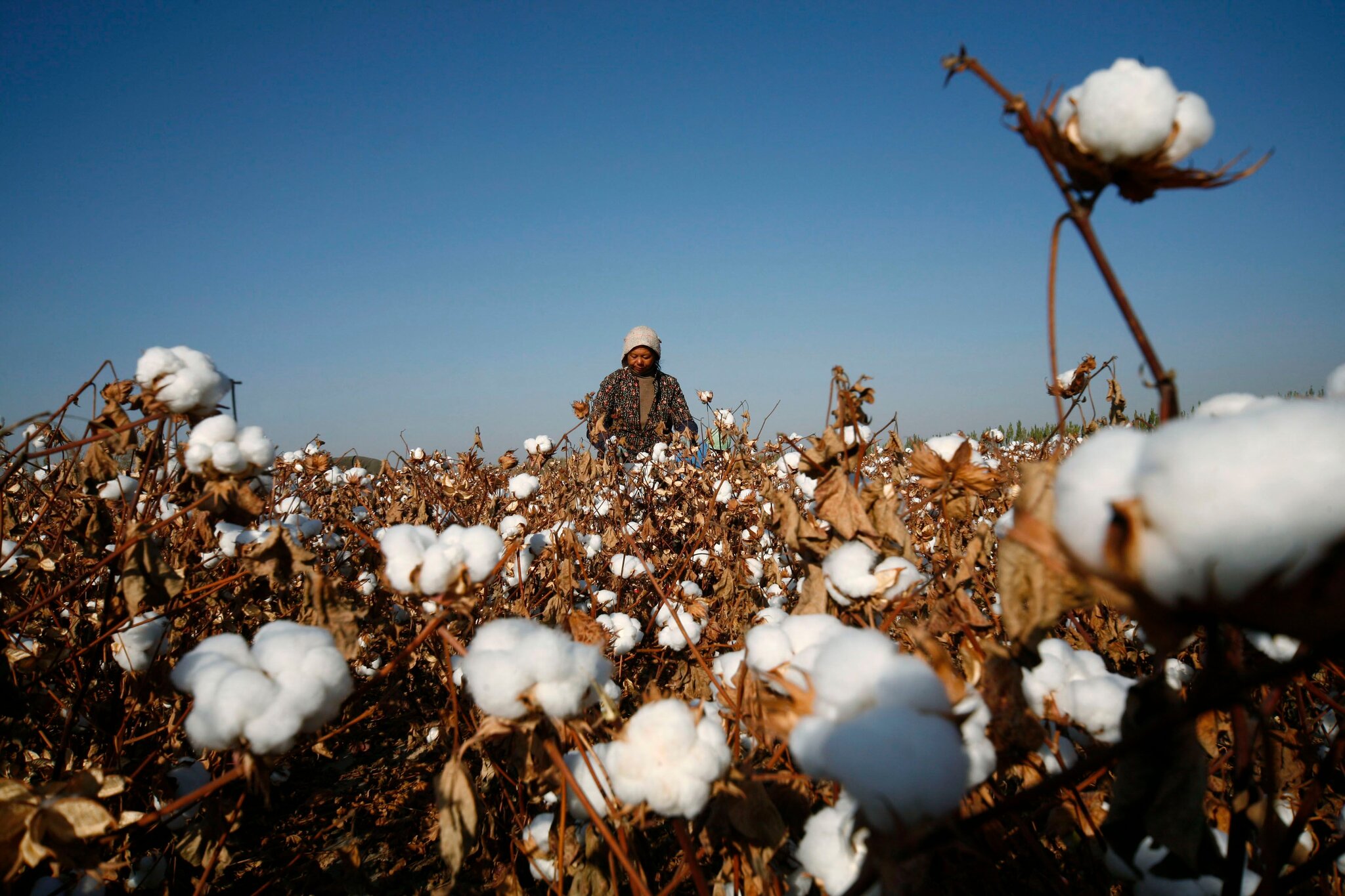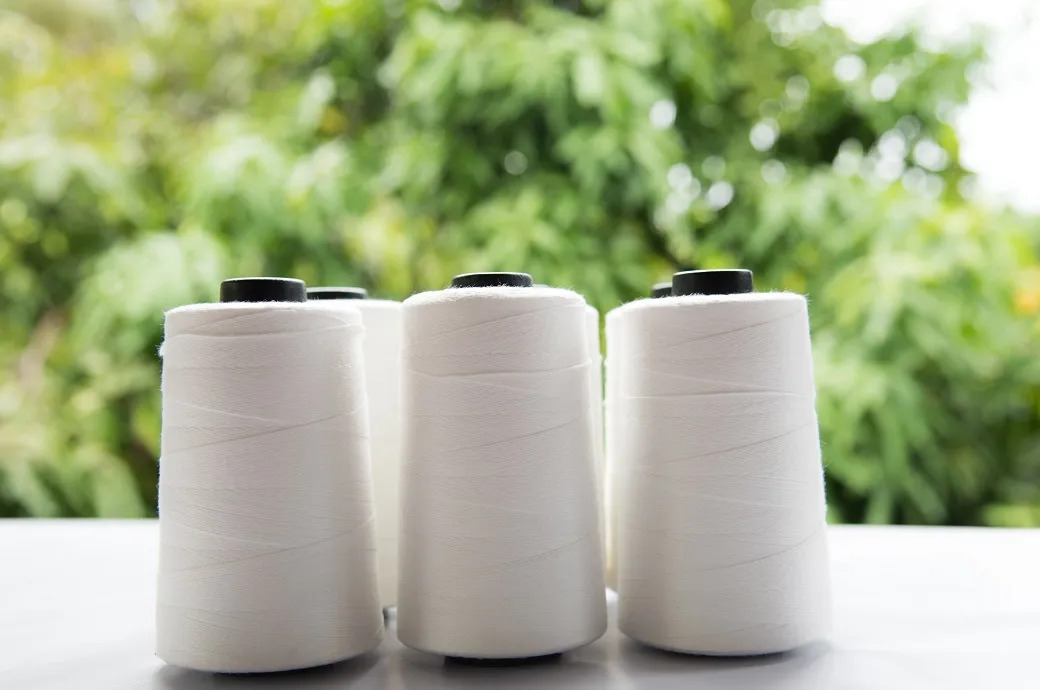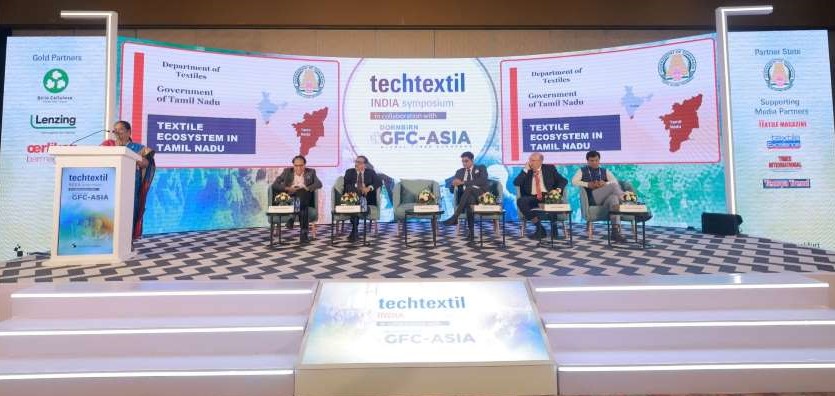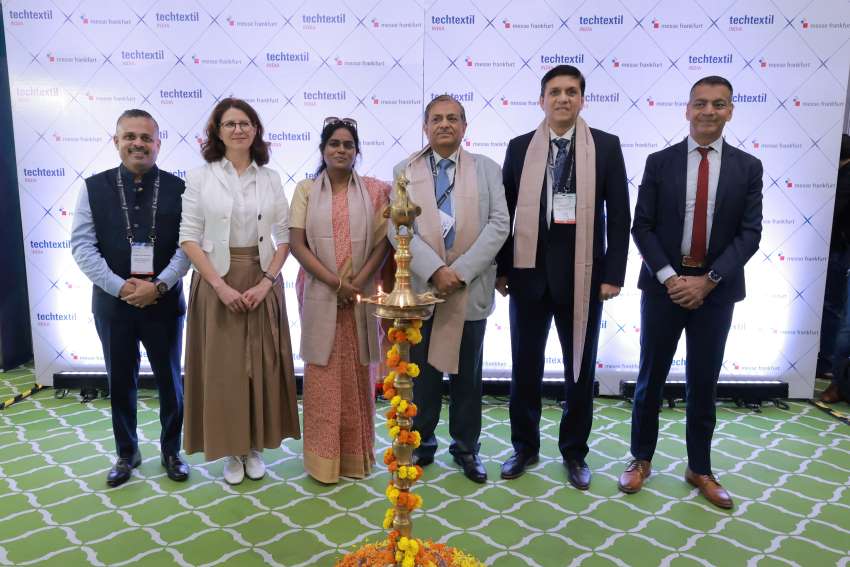"Prime Minister Narendra Modi ‘Make in India’ and ‘Zero Effect; Zero Defect’ campaigns of 2014 attracted manufacturers and FDI into the country making the economy stronger. Textile industry is integrated with agricultural sector and generates many other aligned industries. Textile sector’s total production is more than $108 billion and contributes more than 5 per cent to GDP. The size is expected to touch $226 billion market by 2023 at a CAGR of 8.7 per cent."
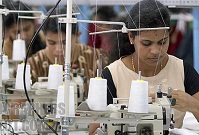
Prime Minister Narendra Modi ‘Make in India’ and ‘Zero Effect; Zero Defect’ campaigns of 2014 attracted manufacturers and FDI into the country making the economy stronger. Textile industry is integrated with agricultural sector and generates many other aligned industries. Textile sector’s total production is more than $108 billion and contributes more than 5 per cent to GDP. The size is expected to touch $226 billion market by 2023 at a CAGR of 8.7 per cent.
Built on self-sustenance
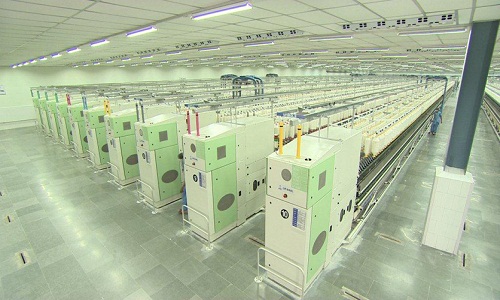
Indian textile industry is self-sustaining as the country is capable of running the industry from raw materials production to finished products on its own. Comprising of small-scale, medium-scale, large-scale, non-integrated, spinning, weaving, finishing, and apparel-making firms and enterprises, the textile and apparel industry is broadly divided into three segments: yarn and fibre (includes natural and man-made), mainly consists of cotton and jute. Therefore, cotton and jute sector is highly linked with textile industry. Second is processed fabrics, (including woolen textiles, silk textiles, jute textiles, cotton textiles and technical textiles). Third one is Readymade Garments (RMGs) and apparel. The unorganised sector includes handlooms, powerloom, hosiery, Knitting, readymade garments, khadi, carpet and handicrafts manufacturing units.
Surmounting challenges
The industry’s fragmented nature poses numerous challenges in the industry’s growth. Most manufacturing units have small capacities with low efficiencies, which make them globally uncompetitive. Facilities for realising the Prime Minister’s vision ‘Make in India’ with ‘Zero Effect; Zero Defect’ at each level of the value chain is absent and the cost of production and logistics is high. Moreover, scarcity of skilled manpower is a problem. And even though exports of textile and apparel products are growing it is limited to only a few markets. The EU and the US remain the major destinations with 50 per cent share of Indian export market. There are several finished goods categories such as suits, women’s western wear, intimate wear, swimwear, outerwear, etc., which has multibillion-dollar trade globally but India’s share is nominal. Also, there are several large markets like Japan, Russia, China, Brazil, South Korea, etc., where India’s share is low.
India’s basic strength is its strong production base of a wide range of fibre/yarns from natural fibres like cotton, jute, silk and wool to synthetic/man-made fibres like polyester, viscose, nylon and acrylic. Cotton production over the past few years has been unstable. Production of raw cotton in India grew from 28 million bales in FY07 to 38 million bales in FY15, but in FY16 production declined to 2.8 per cent over the FY15.
Vision for the future
India aspires to achieve 20 per cent growth in exports over the next decade. Going by calculations, achieving 15 per cent growth in exports should be feasible. In the domestic market, sustaining an annual growth rate of 12 per cent is also an achievable number. With a 12 per cent CAGR in domestic sales, the industry should reach a production level of $350 billion by 2024-25 from the current $100 billion for the domestic market. With 20 per cent CAGR in exports, India would be exporting about $300 billion of textile and apparel by 2024-25 while with the lower 15 per cent CAGR in exports, India would be exporting about $185 billion. India needs to increase its market share of 15 per cent to 20 per cent of the global textile and apparel trade from the current 5 per cent. But there are many challenges. To achieve the ambitious target, 35 million skilled workers would be required by 2024-25.
The way ahead
The textile industry in India traditionally, after agriculture, is the only industry that has generated huge employment for both skilled and unskilled laobur. But for global competitiveness, quality and productivity improvement are of utmost importance. Also, the sector needs to be made attractive enough for investors to speed up its growth rate. It needs to get $180 to $200 billion investment for achieving the production capacity of about $650 billion by 2024-25. This is a challenge. The essential prerequisites for getting investments on the scale required availability of developed land with adequate infrastructure, skilled workforce and easy connectivity to ports.

